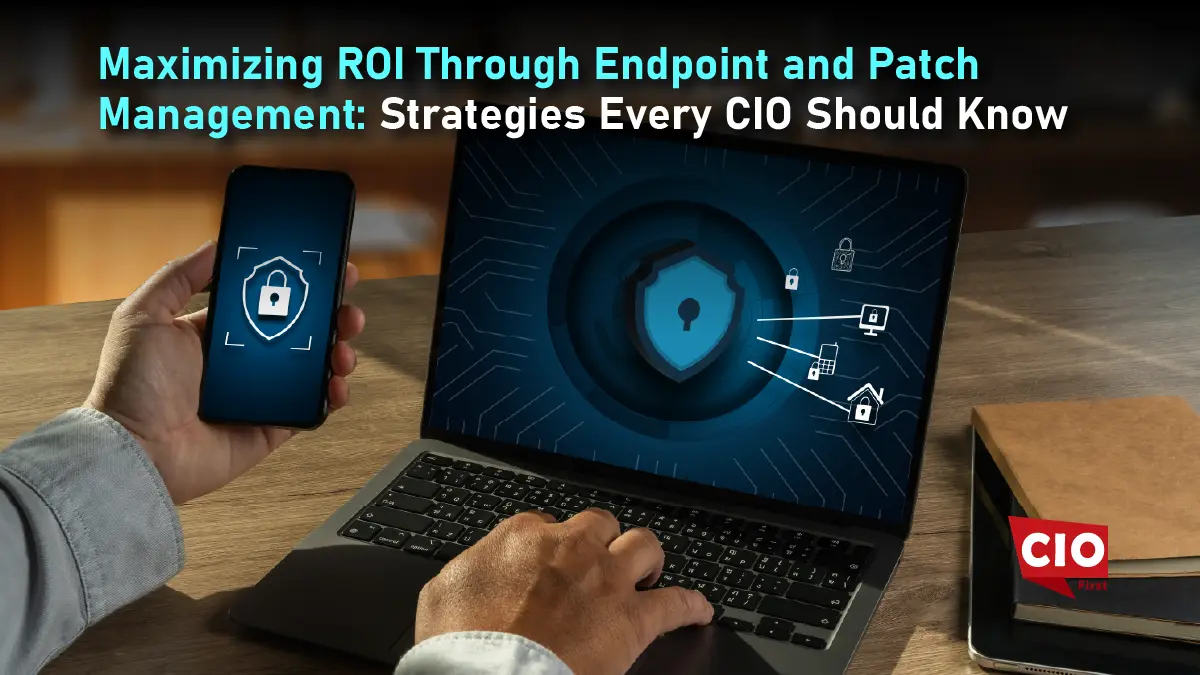Enterprises can integrate digital twin technology in their tech stack to virtualize the elements and dynamics of Internet of Things device operations.
The entire globe is witnessing rapid evolution in every aspect, and the fourth industrial revolution is compelling enterprises to improve their efficiency and deliver optimum outputs.
Businesses are exploring the opportunities of digital twin and its applications to track operations in real-time, manage machines, and scale device performance.
Moreover, integrating the digital twin and the Internet of Things (IoT) into the enterprise tech stack will enable businesses with a new digital information feedback loop. This loop will connect products, workflows, and devices to embrace an innovation-first work culture that scales exponentially. IoT sensors can help enterprises to gather operational data in an economical way.
Also Read: Remote Work: Three Key Ways to Strike a Balance Between Productivity and Flexibility
Following are a few industries and how they are influenced by the implementation of digital twin technology in their tech stack:
Supply chain
Enterprises that integrate digital twin into their supply chain will be able to virtualize the product packs and evaluate the errors before they are packed. The logistic teams can use this technology to analyze the material feasibility. Moreover, businesses can evaluate the influence of various packing conditions on product delivery. IT decision-makers should consider integrating digital twin to analyze the entire warehouse layouts to design an optimized warehouse design that ensures operational excellence. Logistics teams can leverage this technology to determine the best route to minimize the delivery life cycle.
Healthcare
Developing a digital twin of the healthcare institutions, staff, patient care models, and capabilities helps healthcare enterprises to evaluate their performance. CIOs of the healthcare industry can implement digital twin and its applications to model physiological characteristics that help the medical providers to deliver personalized care.
Manufacturing
Manufacturers need high-cost equipment that produces a high volume of data, which makes digital twins a necessity for modern manufacturing businesses. Production businesses that integrate digital twin will help them to design multiple product permutations to offer customized products and services to their clients. Moreover, implementing this tool will enable enterprises to evaluate the feasibility of the products before launching. Based on the evaluation results, the production teams can make strategic tweaks to the products to increase efficiency. Construction enterprises can determine the building performance in real-time to optimize their efficiency by adopting this technology in their workflows.
Also Read: Three Ways Work Management Platforms Have Evolved to Enhance the Employee Experience
Digital twin technology is revolutionizing the manufacturing landscape by forecasting the potential machine downtimes. Production teams can consider these potential downtimes to produce stock well in advance to avoid business disruptions. Moreover, businesses can schedule predictive maintenance before it becomes a major issue that hinders production flows. The manufacturing industry finds it challenging to utilize digital twin for predictive maintenance because it will stimulate the machines virtually. Organizations can hire data scientists with relevant skills or collaborate with a digital transformation vendor to develop and maintain a digital twin.
Industrial Internet of Things (IIoT)
Industries worldwide is embracing digital twins into their tech stack to determine and track the position of complicated machinery. The predictive maintenance capabilities can assist in forecasting future operation anomalies to set response protocols.
Retail
Retailers have to deliver a top-notch customer experience to create a loyal customer base. Enterprises in such industries can integrate digital twins into the customer lifecycle to augment their purchase experience. Retailers can design the best in-store plan, security measures, and energy management strategies for optimized outcomes.























